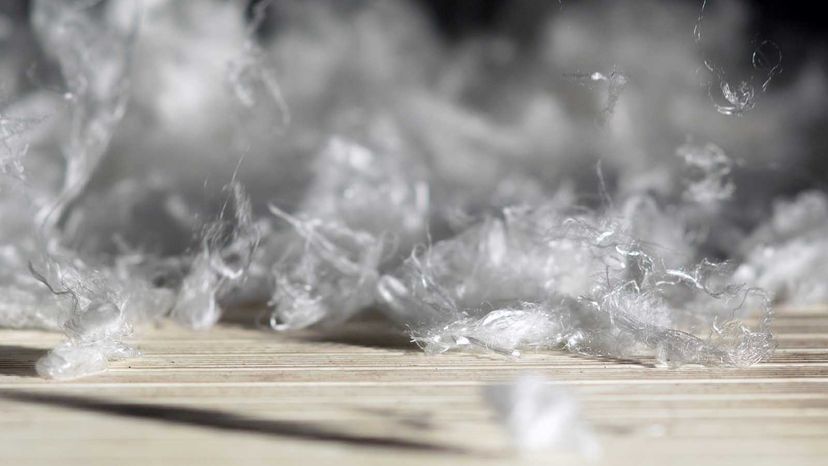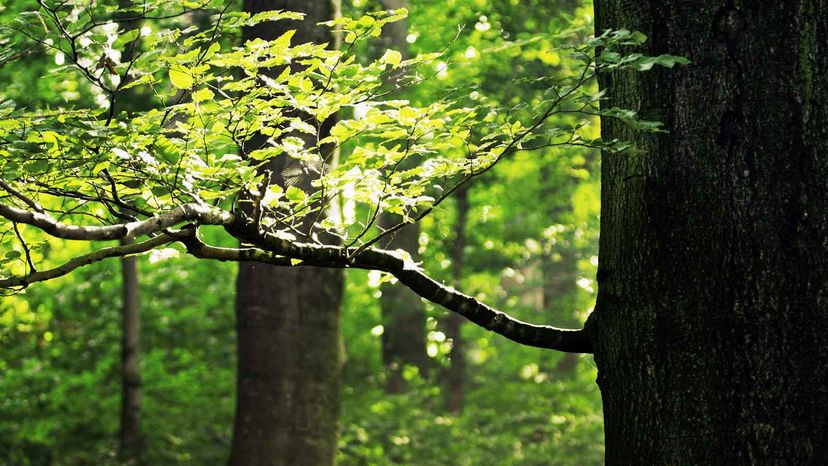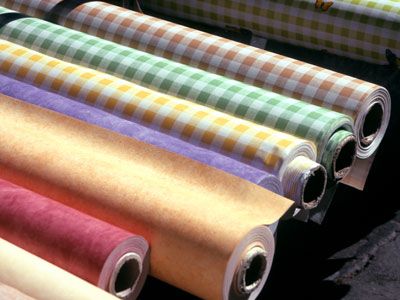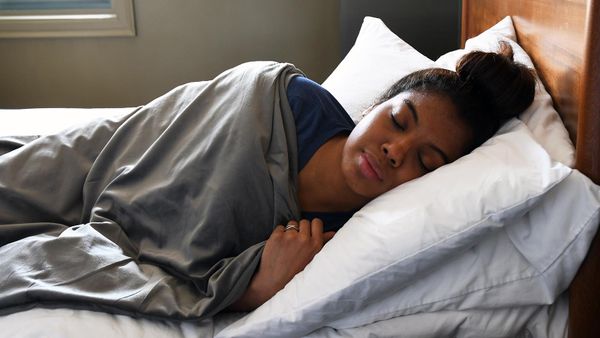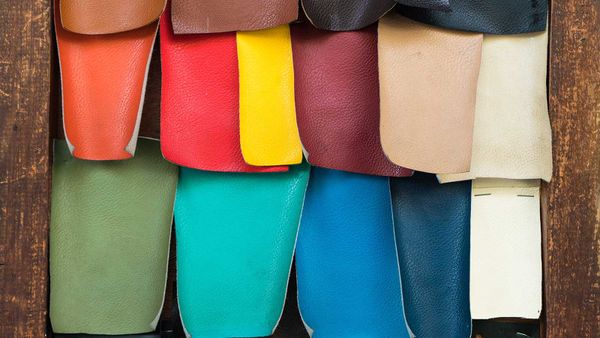
Key Takeaways
- Modal is a type of rayon known for its super soft, silky texture. It's ideal for close-fitting clothes due to its flexibility and lightweight nature.
- It offers several benefits such as resistance to wrinkles, shrinkage, pilling and fading, and is effective at regulating moisture and minimizing odors.
- However, the production of modal involves toxic chemicals and often lacks guarantees that the wood source is sustainably harvested, raising environmental concerns.
Never heard of modal fabric? It's the semi-synthetic fabric also known as high wet modulus rayon. It's made from wood or, more specifically, the wood of beech trees.
It was first created in Japan in 1951 but today most modal fabric is produced by the Austrian company Lenzing. It has a reputation for being a sustainable alternative to other semi-synthetic fabrics and organic fabrics, but is it really?
Advertisement
Advertisement
